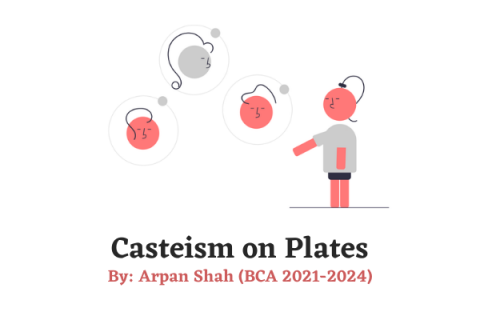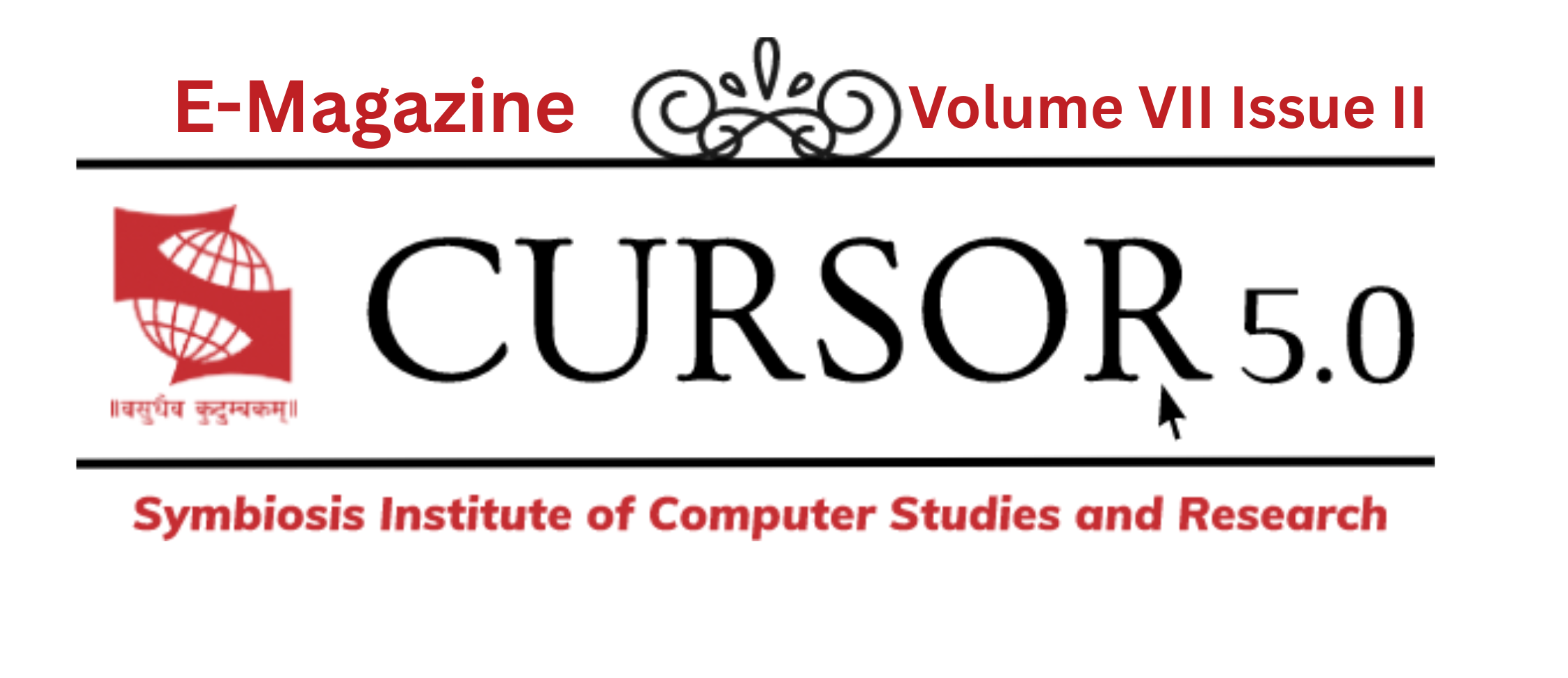
When Charles de Gaulle complained about controlling the country with 246 cheeses, he knew nothing about India. Food's taste, variety, and treatment changed every 1km bottom.
With more than 4,600 communities, food is the last "nationalized" in our country. Is casteism still a factor in our kitchen? What significance does caste play in India's celebration of cooking?
Dhal means split, which is the etymology of how legumes are prepared.
Most Indian legumes are dicotyledonous seeds, with half of them being two seeds, as K.T. Acharya points out. To make cooking simpler, ground them in a food processor, then split and peel them at the same time to produce two broken half dals.
Dalit is derived from the same etymon. Dalit was used as a word by activists like poet Namdeodasal to describe those ruined and crushed by society.
The use of food words is conscious, as John Thieme and Ira Raja wrote in an introduction to the Oxford Anthology of Food Writing in South Asia. It provides a political identity instead of caste and conveys one's knowledge as oppressed people. The word food was appropriate because the food was one of the most common means of emphasizing a humiliating position for Dalits.
Let us take the case of Kanta Prasad, 64 years old, on the other hand, his early recollections are clearly unfilled tools and a rumbling tummy. The crisis was not a stage but daily life. It was like that for all Dalit families in the area in Uttar Pradesh's Azamgarh district. Because of the scarcity, they had to consume whatever they could acquire, which was only what the top box permitted them to eat.
As a youngster, Prasad went through tapering paths with swarms of individuals at whatever point a creature was butchered. Because meat was out of reach for the Dalits, they used large holders to collect the blood, internal tract, and leftovers that the upper castes discarded.
Ambedkar isolates individuals into three unique characters: People who do not eat flesh, people who consumed non-veg food other than beef, and those who eat meat. Contemporary recollections of Dalit food are connected inseparably to the standing framework.
Let us test out some other cases. To begin with, a Brahmins Dal powdered product became well-known on the internet some time ago, prompting web-based media to target Eastern Ingredients, Kerala's principal food chain. The rage was directed at the attitude of offering superior, onion-garlic-free Sambar powder for the benefit of Brahmins.
The fact that our status is embedded in our taste buds and nutritional routines is overlooked by social media. Food snobbery is a part of India, and food associated with the upper classes has always been highly praised. Marking your product as Brahmin (one) in a level delicate India is a means of expressing that it boasts of the most amazing form of solidness.
Let us get to the second case of "The Brahmin Cafés”
The caste has dominated the highlights of cuisine in India, from South Indian chain restaurants and eateries to satisfy Brahminical taste habits to caste-based recipe manuals and staple businesses.
The last case is about Dalit Kitchens and Recipes.
Nine years ago, a review on Dalit development and gender gathered students from the Women's Studies Centre at Pune University into Dalit kitchens. The undertaking extended its degree to build up culinary comprehensiveness. Isn't This a Native Indian Plate? Dalit Histories and Food Habits is the most authoritative account of what Dalits ate and how they cooked in India. Indian culture is a predicament society, and it revolves mostly around the father's home, cooking preparations, and marriage.
Food was vital to the act of distance in the first place, since who could eat what was controlled by the Brahmanical requesting off society. Afterwards, this turned into a marker of unadulterated and tainted status. Perceiving this reality, this undertaking hoped to draw in with recollections of Dalit ladies and men to elucidate the position and sexual orientation convergences on the site of food. What Dalits ate was consistently the food of destitution. They never felt that their food ought to be commended. They ate not the food arranged in wealth but plans that began in the kitchen's absence of fixings and destitution.
I want to rest this discussion by proposing my concluding statements. In India, what you eat chooses your societal position, financial worth, whom you wed and where you live. As a matter of course, a vegetarian is viewed as perfect, quiet, and unadulterated vis- à- vis a non-vegetarian who, as per well-known insight, is brutal and smudged.
We live in a nation where our food can permit us to hold our heads high or let it hang in disgrace; the continuous meat boycott conversations and the accompanying fights are proof of this.
The second statement I would make is Vegetarianism is ethically predominant, with regards to Hinduism, where Vegetarianism is a marker of upper-standing personality, the food chain of command is an element of the station structure. Consequently, the fights, especially from the previous distant station gatherings, recovering the option to eat intrusive food sources as a marker of their personality, represent an actual test to upper position authority. The brutality that vegan India has released on such offences have exposed the underlying savagery epitomized in the standing framework and questions its case to the moral prevalence.
Bibliography:
The Hindu (Newspaper)
Readers’ Digest (Magazine)
https://timesofindia.indiatimes.com (Website)
Annihilation Of Castes by B.R. Ambedkar (Book)
https://thequint.com (Website)



